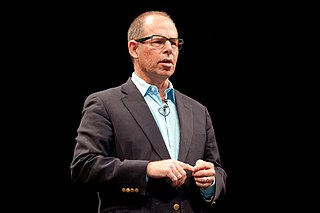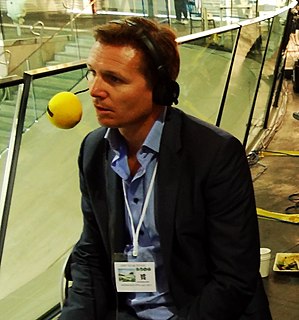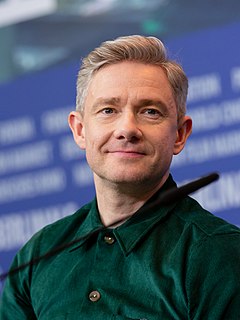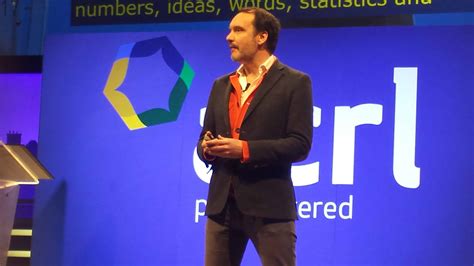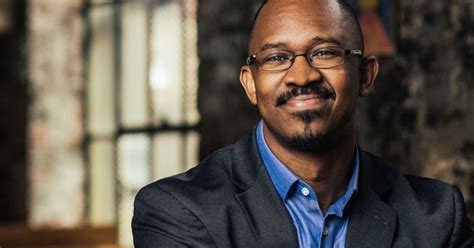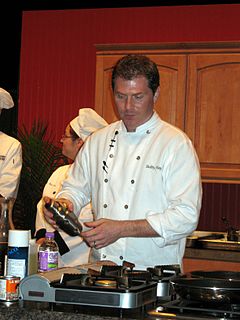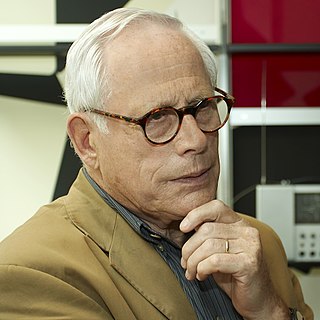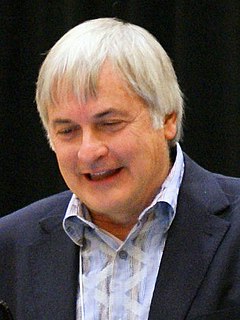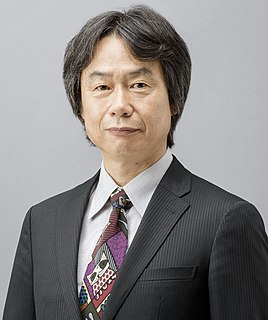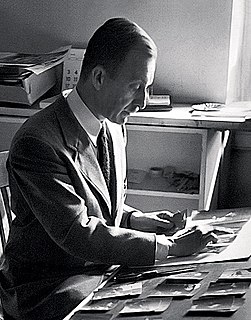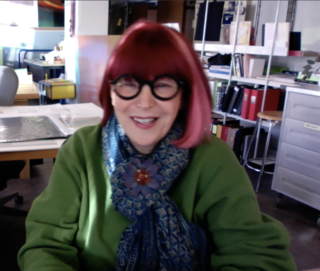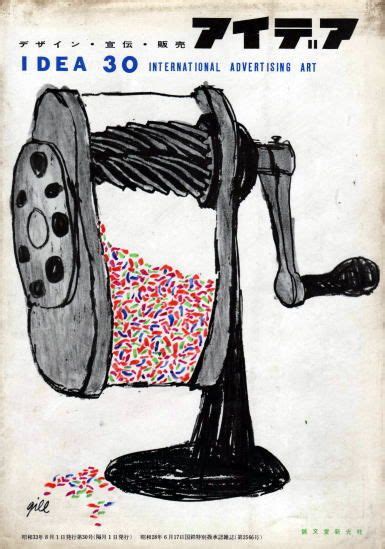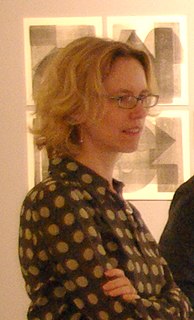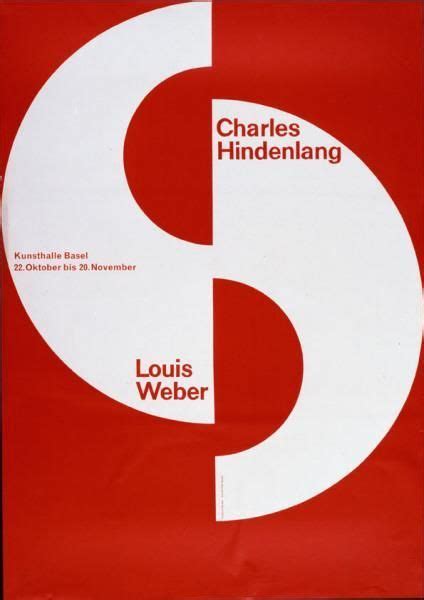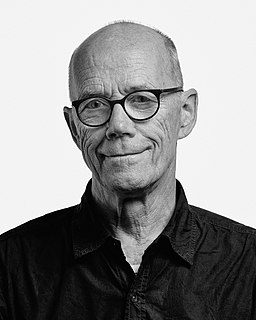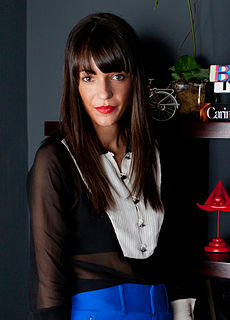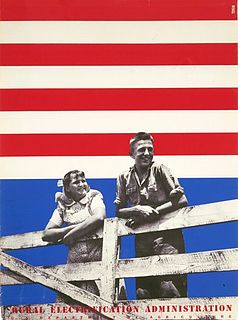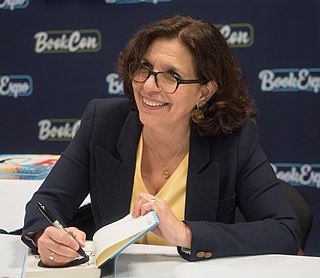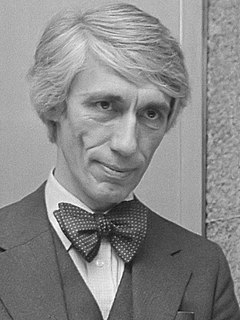A Quote by Michael Bierut
Certain kinds of typeface design and typographic design are designed to persuade: we can make this company look modern if we use a crisp sans serif typeface, or we can make this restaurant look like its been around forever if we use typefaces and layout styles that have been around forever too. But there are other categories, and ballot design is one of them, where the goal should be to be purely functional. There have been notable failures in this category.
Related Quotes
When we think of design, we usually imagine things that are chosen because they are designed. Vases or comic books or architecture... It turns out, though, that most of what we make or design is actually aimed at a public that is there for something else. The design is important, but the design is not the point. Call it "public design"... Public design is for individuals who have to fill out our tax form, interact with our website or check into our hotel room despite the way it's designed, not because of it.
I think a lot of people overlook the importance of the menu as a marketing tool and a way of communicating to the customer what the ambition of their restaurant is. Not only the typeface and the design, but what is it printed on? Is it cheap-looking? Is it the right kind of paper for that restaurant?
Design is a field of concern, response, and enquiry as often as decision and consequence... it is convenient to group design into three simple categories, though the distinctions are in no way absolute, nor are they always so described: product design (things), environment design (places) and communication design (messages).
To the designer, great design is beautiful design. A significant amount of effort must be placed into making the product attractive. To the client, great design is effective. It must bring in customers and meet the goals put forth to the designer in the original brief. To the user, great design is functional. It’s easy to read, easy to use and easy to get out of it what was promised Truly great design, then, is when these three perspectives are considered and implemented equally to create a final product that is beautiful, effective and functional.
When you advance a frontier and you do tomorrow what's never been done today, you have to innovate to make that happen. You become an innovation culture. When I grew up, every time I turned around it was, "Oh, here's the longest bridge or the deepest tunnel or the fastest airplane." And I originally thought that was just kind of like a pissing contest with men with too much testosterone. And then I realized that to make the tallest building you have to innovate. To make the fastest train you have to design the train in a way that it's never been designed before.
Good design is innovative
2. Good design makes a product useful
3. Good design is aesthetic
4. Good design makes a product understandable
5. Good design is unobtrusive
6. Good design is honest
7. Good design is long-lasting
8. Good design is thorough, down to the last detail
9. Good design is environmentally friendly
10. Good design is as little design as possible
I simply love classic design when it's reinterpreted. These collections reflect the spirit of this design philosophy; clean pared down lines and forms rooted in tradition yet made to feel new and modern with unexpected or stylized scale, finishes and detailing. This contemporary take on tradition creates a look that's at once current yet timeless, fresh yet familiar…the essence of both beautiful design and a beautifully designed home.
Most of the things at the zoo don't look like us. We're one design that works. Our chimp pals sort of look like us, so that's a different take on the same basic design. But fish don't look like us, and giraffes don't. They look a little like us, but not too much. And insects certainly don't look like us, and they work just fine.
